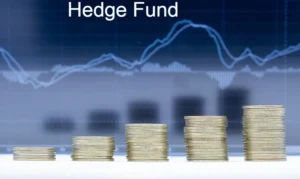PE ratio stands for price to earning ratio. The price earnings ratio indicates the expectation of equity investors about the earnings of the firm.
Further, it relates earnings to market price and is generally taken as a summary measure of growth potential of an investment, risk characteristics, shareholders orientation, corporate
image and degree of liquidity.
Moreover, It indicates the payback period to the investors or prospective investors. A higher P/E ratio could either mean that a company’s stock is over-valued or the investors are expecting high growth rates in future. PE ratio is also called as PE multiple.
This ratio assist investors to analyze how much they should invest in stock on the basis of company’s current earnings. And also shows whether the stock is overvalued or undervalued.
This ratio indicates how much investors is willing to pay for the stock. Higher the PE ratio indicates that investors are willing to pay higher share price in the future.
What is the formula for PE ratio?
Price-Earning per share (PE ratio) =
Market Price per share (MPS)➗Earning per share (EPS)
What are the types of Price to Earning ratio?
There are two types of Price to Earning ratio i.e. i) Trailing PE and ii) Forward PE.
i) Trailing Price Earning Ratio
It is a relative valuation multiple that is based on the last 12 months of actual earnings. Further, the trailing Price Earning ratio is calculated by current share price and divides it by trailing earning per share of past twelve months.
Trailing PE = Current share price/Historical earning per share
ii) Forward Price Earning Ratio
Forward Price Earning ratio is a valuation matric that uses earning forecasts to calculate the ratio of the share price to projected earning per share.
The “P” in forward PE stands for share price and “E” stands for future earnings per share.
Forward PE = Current share price/estimated future earning per share




[…] Refer: https://taxandfinanceguide.com/what-is-pe-ratio/ […]